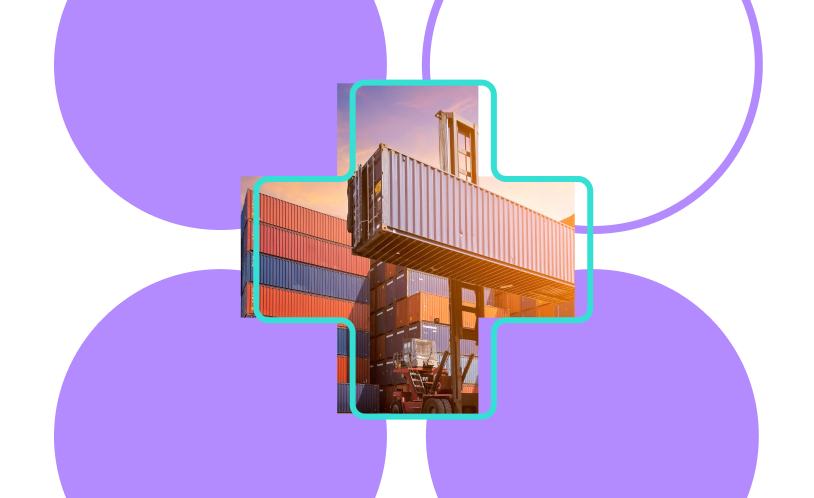This guide goes through the most common options you will consider for paying international suppliers.

Be sure to specify the method of payment when you agree to payment terms. Prevent any last minute arguments by putting it in writing in the purchase agreement.
Advance Payment
Your supplier probably wants you to pay in advance to give him assurance that you won’t pull out of the deal, especially if you’re ordering a small shipment (under $1,000). If you have a good relationship with your supplier, you might be able to agree to other terms.
Here are your options for advance payments for your shipment.
1. Credit Card
Making a credit card payment with an international credit card is very convenient, but you will generally find resistance to using them in China. Many suppliers don’t accept them, because they are exposed, you could cancel the payment after receiving the goods. Also, many smaller factories are not set up to handle credit card processing.
Credit card payments tend to come with expensive charges for both you and the supplier. And, another downside for you beyond card charges is that the supplier could fold before sending you the goods.
2. Paypal
Paypal can be useful for very small quantities and with paying for samples, but it’s not the best choice for paying for most shipments. Many Chinese suppliers refuse Paypal payments or charge an extra 5%, to cover the risk that you’ll cancel the payment after the goods have been shipped.
Because Paypal charges a 3.5% fee, you’ll end up paying high fees for large transactions. Together with the cost of currency conversion, this can put a serious dent in your profit margin. Paypal also doesn’t have particularly good buyer protection policies for international transactions.
3. Alipay & Other Online Escrow Services
Online escrow services like Alipay, offered by Alibaba, are similar to Paypal. You send payment to Alipay and they will assure your supplier that the funds are available. The supplier ships the goods and Alipay releases the funds to your supplier.
Alipay is a good choice for shipments from companies that trade on Alibaba, and for transactions up to about $5,000. Alipay offers Alibaba Assurance, which means that you’ll be refunded if the shipment is delayed beyond a certain date or if the goods don’t meet quality standards. Check, though, if your supplier is included in Alibaba Assurance.
4. Western Union
Western Union is well known as a safe, secure way to send funds across the world. It’s fast and the fees are low. It’s very popular with suppliers, but there’s a downside for you.
You carry all the risk. Western Union requires you to send funds to an individual, not a company, and there is no way to get your money back once the payment has gone through. So, only consider this method for transactions up to $10,000 where you really trust your supplier.
5. Online Payment Services
Other online payment options like Payoneer offer secure international payments. Payments of any size to other users are usually free and only take a few hours to clear, and you won’t be stung for high foreign exchange costs. It’s attractive to your supplier since they don’t need to pay any fees to withdraw their money, so you’ll find that even small factories will accept this payment method.
Check, though, that the service provider offers a dispute resolution mechanism, or you’ll have no way to get your money back if your supplier pulls out after you’ve paid.
6. Cash
Paying in advance with cash is popular in China, especially among smaller factories. If you have a local representative, you could pay in cash and get a discount on it. However, you have no way to get your money back if something goes wrong.
Post-Production Payment
Paying after the goods are produced, or, better still, after you receive your goods is much better for you, since you’ll have a way to pressure the supplier if they send you low-quality items. However, it’s very unlikely that a supplier will agree to this. One frequent way to bridge this gap is using trade financing, in which you would pay the down payment but a third party provider supports by extending a credit line.
1. Wire Transfer
A wire transfer, also called a Telegraphic Transfer or TT, is still the most common way to send money for freight shipments. It sends the funds directly from your bank account to your supplier’s bank account and takes between two and five business days for funds to clear.
It can be expensive, but online brokers usually have lower fees and better exchange rates than your bank. It’s generally used for larger shipments and is usually split (advance payment and the balance due when the goods are ready).
For wire transfers, take care to check that the name on the receiving bank account matches the name of your supplier’s company so that you aren’t defrauded by a crooked employee.
2. Letter Of Credit/Documentary Collection
These two very similar methods are very rarely used these days because they are expensive, complicated, onerous, slow, and unforgiving of even the smallest error in the paperwork.
Consider these options, only if you are ordering a very high-value shipment.
3. Open Account Transaction/Consignment
In this method, you send payment only upon receipt of delivery. It’s one of the most secure options for you, but it’s the riskiest option for your supplier. Therefore, you’re very unlikely to find a supplier that will agree to this, unless you have built a very good relationship with them.
By Richard Gilbert, Payoneer



